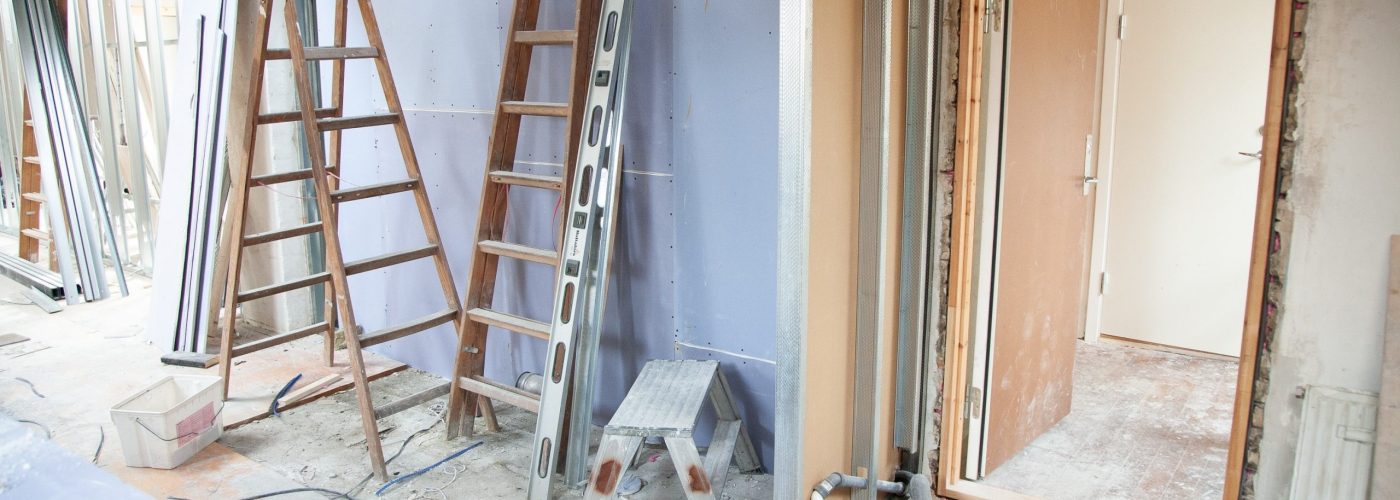Construction project managers can have a hard time on their hands with the sheer amount of variables and tasks they have to handle within any single project. The budget, the schedule, and change orders all have the potential to tie up and undermine the project, especially if a change in one part of the process manifests a widescale change in the whole. However, there are tools and tips that project managers can implement to improve that construction process, some of which we’re going to take a look at now.
Plan More Effectively
The problems that lead to change orders and schedule changes typically happen in the planning stage of the project. As such, it’s important to work with project planning tools that allow you to more accurately gauge what resources you are going to need to complete a project, what processes are part of that project, and what equipment and skills are needed to complete those processes. Otherwise, if you later find out that you are missing the materials, equipment, people, or information that you need, you’re going to have to halt or slow the project in order to try and find them.
Train Your Team to Work with Better Project Standards
We’re going to assume that you have already found a team that is well-trained in operating their equipment and providing the labor that you need them to provide. However, they need to be more than experienced in their roles during a construction project.
Your team should be trained to collaborate and communicate more effectively as possible. Training them to break down the end goal of processes, to create and follow check-off goals, and to use any workflow planning software that allows them to update project plans when they have complete a process within it can allow them to help you keep better track of project process. Supervising your team so that you are able to correct them on any incorrect methods during projects is crucial, too.
Eliminate Change Orders as Best as Possible
Change orders, as most will know, are work processes that are added or removed from the scope of a project, and often they cost time, money, and bring problems to projects that were not part of the original design.
There are two main types of change orders, the first being owner-initiated changes which are typically unavoidable (unless you can advise the project owner otherwise), but there are also change orders caused by design omissions and errors, which can definitely be prevented.
Project management software can play a huge role in lowering change orders. It can help better define workflows so that omissions are easier to notice, use reminders to keep you on track, and provide an audit trail so you have evidence on project planning and changes all the way through.
Get Your Team Involved in the Project Planning
If you trust that you are working with a competent team, especially those that have technical expertise that you may not, then it’s a good idea to get their opinion on project plans. You may, for instance, choose to share plans with them ahead of time, to see if any of those with plenty of experience in the field highlight something that the plan may be missing.
Even when the project is underway, you should ensure that your team is given the confidence to speak up if they think something is going wrong with the project. One person `cannot spot every potential difficulty; those working on the project every day might easily spot something that you miss.
Keep the Crew Accountable
While your team may be a crucial asset that can provide more insight than you are currently gathering from them, they can also be responsible for the mistakes and under-performance that can lead to schedule and budget changes. The right key performance indicators (KPIs) can help you keep track of how they are doing within a project, highlight problem areas in advance, and providing the training, advice, or restructuring where it might be needed. You can tie performance measurements and record-keeping to rewards, such as bonuses, so your workers are better incentivized to help you accurately keep records on them, too.
Keep your bottom line intact, avoiding schedule delays and projects going over budget as best as you can with the tips above. You can’t control every aspect of the construction process, but you can make sure that you have the right systems in place to prevent major disruptions.






